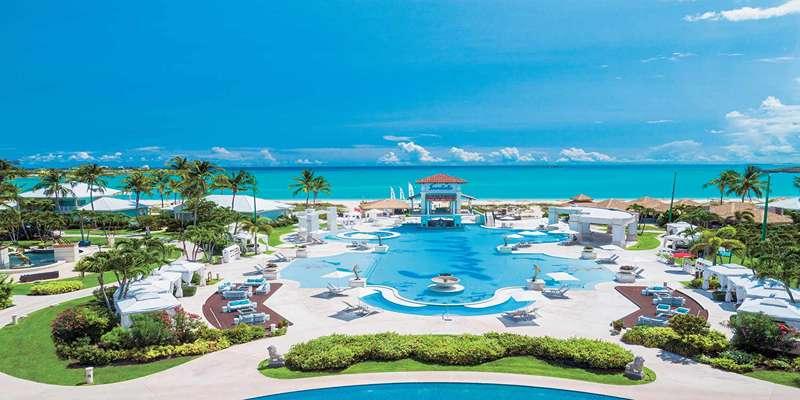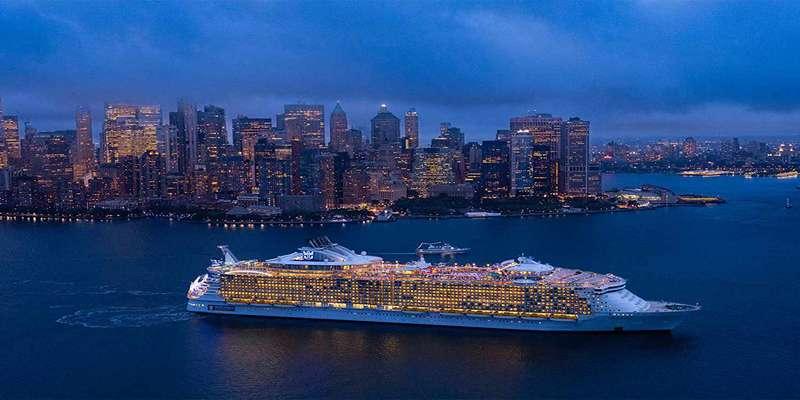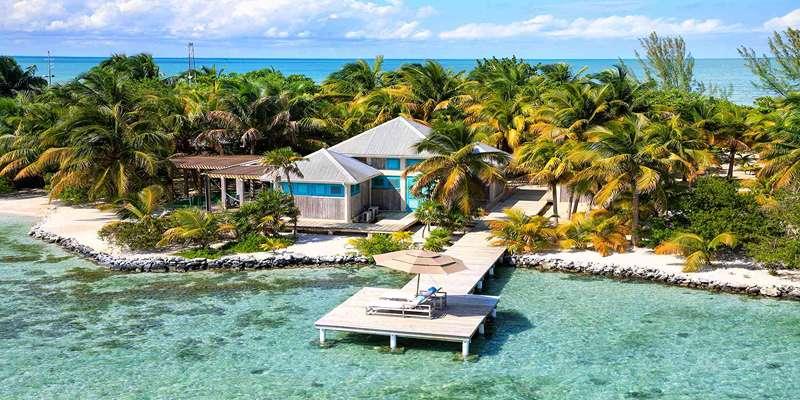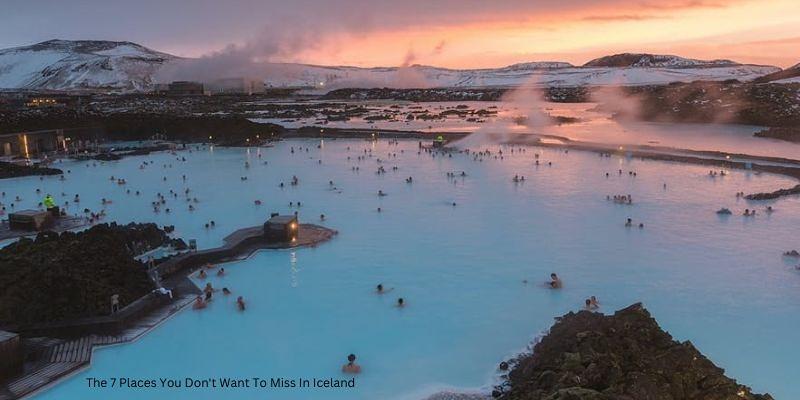
Are you planning a trip to Iceland? If so, consider yourself lucky. This amazing country has well-earned its nickname as the Land of Fire and Ice. With stunning landscapes of hot springs and glaciers, it's easy to see why Iceland is a beloved destination for outdoor adventurers and nature lovers alike.
But when exploring this beautiful nation, certain places should not be overlooked while visiting—here we present seven must-see stops on your Icelandic journey. Join us as we explore everything from spectacular night skies to picturesque waterfalls, plus plenty of secret surprises along the way.
Reykjavik
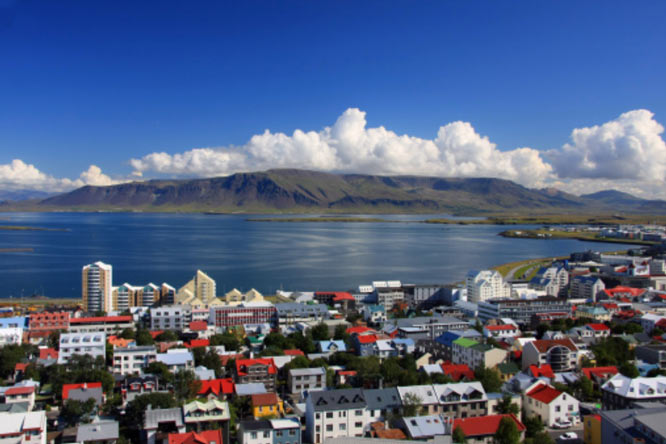
Reykjavik, Iceland’s capital, is a vibrant and exciting city that can easily occupy days of exploration. Stroll the colorful streets to find unique shops and art galleries, or dip in one of the many thermal pools for unforgettable relaxation.
Don’t miss the iconic Hallgrímskirkja church--not only is its architecture awe-inspiring, and it provides visitors with some of the best views in Reykjavik. This place is also ideal for spotting the Northern Lights--just make sure to check the weather report before you go.
Westfjords
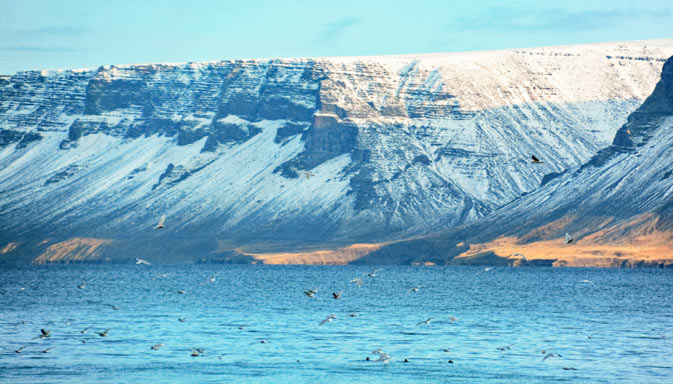
For nature lovers looking for something off the beaten path, the rugged Westfjords are a must-see. These remote and mostly untouched fjords offer some of Iceland’s most spectacular sceneries, with dramatic cliffs jutting out into the sea and whales swimming. From charming fishing villages to miles upon miles of unspoiled wilderness, there’s something unique and beautiful around every corner.
Gullfoss – one of Iceland’s most popular waterfalls
Gullfoss Waterfall is among Iceland's most spectacular natural wonders and an absolute must-see on any trip through this beautiful country. This powerful two-tiered cascade tumbles into a deep canyon, inspiring and intimidating visitors with its raw power. Be sure to dress warmly when visiting Gullfoss, as the fall spray is known to chill even the sunniest days.
The Jökulsárlón Glacier Lagoon
Jökulsárlón is one of Iceland’s most impressive glaciers—not only in size but in beauty. This massive lagoon features glittering icebergs that drift atop the icy waters like jewels. Visitors can take boat tours through this majestic landscape and witness nature's incredible power at work.
Blue Lagoon
Every trip to Iceland would be complete with a visit to Blue Lagoon, one of the most popular attractions in all of Iceland. Visitors can soak in warm geothermal waters and bathe in mineral-rich mud while taking in stunning views of nearby lava fields. As if that weren’t enough, Blue Lagoon is conveniently located on the Reykjanes Peninsula, so it’s easy to pair this stop with visits to other nearby sites, such as The Bridge Between Continents and Gunnuhver Hot Springs.
The Northern Lights
The Aurora Borealis, or “Northern Lights,” is one of Nature's most breathtaking displays. This phenomenon occurs when charged particles from the sun collide with Earth’s atmosphere creating a dazzling light show in the night sky.
Visitors to Iceland can witness this awe-inspiring sight from many locations throughout the country, but your best bet to see them is to visit during the autumn and winter for clearer skies and longer nights.
Husavik – the whale-watching capital of Europe
Husavik, a small fishing village on Iceland’s northern coast, is known as the whale-watching capital of Europe. Visitors can take boat tours in search of some of the world's most stunning and majestic whales, including humpbacks, orcas, blue whales, minke whales, and more.
It’s a humbling experience that will make you feel incredibly connected to nature.
No matter where you decide to go in Iceland, you're sure to find something beautiful and unique around every corner. From stunning waterfalls to vivid northern lights, there are countless things to explore and experience on your trip throughout this magical country.
Best time to visit Iceland
The best time to visit Iceland is from May to September when the weather is warm and relatively dry. Summer can be especially pleasant, with temperatures averaging in the high 20s Celsius (mid-80s Fahrenheit). Many visitors flock to Reykjavik during this time of year to enjoy its vibrant nightlife.
If you’re looking for a quieter experience and don’t mind some cooler temperatures, consider visiting in autumn or winter. From October through April, temperatures can range anywhere from 0°C (32°F) up to 15°C (59°F). During these months, you may also have the chance to see the Northern Lights—a truly unforgettable experience.
Benefits of Visit to Iceland
- Witness the spectacular natural beauty of Iceland’s glaciers, fjords, rivers, geysers, and hot springs.
- Take in the captivating sights of the Northern Lights dancing across the night sky.
- Enjoy countless outdoor activities such as whale watching, glacier treks, and hikes up volcanoes.
- Taste traditional Icelandic cuisines such as skyr (Icelandic yogurt) and hangikjöt (smoked lamb).
- Relax at Blue Lagoon, one of Iceland’s most popular geothermal spas.
- Wander through charming towns like Reykjavík and Akureyri to get a feel for Iceland’s unique culture.
- Listen to the peaceful sounds of nature in places like Thingvellir National Park and Jökulsárlón Glacier Lagoon.
- Take advantage of some of Iceland’s incredibly diverse wildlife, including puffins, reindeer, and Arctic foxes.
- Enjoy a night of traditional Icelandic music and dancing at one of the many local pubs.
- Immerse yourself in a landscape that is as breathtakingly beautiful as it is wild and untamed.
By visiting Iceland, you can create memories that will last a lifetime. Not only will you get to experience some of the world’s most stunning natural beauty, but you’ll also have the chance to learn more about Iceland’s unique culture and customs. And who knows? Maybe you’ll even find your little piece of paradise. So what are you waiting for? Pack your bags and get ready for an unforgettable adventure in Iceland.
FAQS
How many days is best in Iceland?
The best way to experience Iceland is to stay for at least a week to explore different country regions. However, if you’re short on time, three days should be enough to get a good feel for the country and its unique culture.
Should I go to Iceland or Norway?
Iceland and Norway offer incredible sights and experiences, but depending on what you are looking for, one may be more suitable. For example, if you are interested in stunning landscapes, glaciers, volcanoes, and hot springs, then Iceland is your best bet. Norway is the perfect place to visit if you’re looking for fjords, mountains, and northern lights.
Is Iceland expensive?
Yes, Iceland can be quite expensive compared to other European countries. However, there are plenty of ways to save money while visiting, such as taking advantage of free activities and staying in hostels or self-catering apartments instead of hotels. Many restaurants offer cheaper “tourist menus” for budget travelers.
Conclusion
The beauty of Iceland cannot be denied. From cascading waterfalls to vast glaciers, Iceland is a must-see destination for anyone who loves nature and grandeur. From the iconic Blue Lagoon to the stunning views of Glaumbaer, these seven places in Iceland will give you memories that will last a lifetime. We know how difficult it is to choose which destinations to visit, but no matter where you decide to go in this beautiful country, you won’t be disappointed. So take advantage of your time in the land of fire and ice, and don’t miss out on what each place offers.
